“Depending on when we launch they’re going to be up there for probably two to three months.”
NASA Administrator Bridenstine
The next launch to the Space Station is planned for April 9th and is only a few days away. Preparations for the launch have been complicated with illness and coronavirus complications. AS OF NOW, the launch is still on track to rocket American astronaut Chris Cassidy and his two Russian cosmonauts Anatoly Ivanishin and Ivan Vagner. Originally, Ivanishin and Vagner were backup for expedition 63. Due to a temporary health condition, Ivanishin and Ivan Vagner were moved forward onto the prime crew. Because of delays in the US Commercial Crew Program, the crew on the ISS may be lower that normal.
Boeing and SpaceX delays put ISS operations at Risk
Since delays to the US Commercial Crew Program might leave Cassidy as the only crew member on the USOS for an extended period of time, Anatoli Ivanishin has been training on US EMU spacesuits. Cassidy has completed multiple EVAs in the past, including an unscheduled EVA. In the unlikely event that an unscheduled EVA is required before additional USOS crew members arrive on the station, then Ivanishin can support Cassidy. Should Ivanishin participate in EVA in the EMU he would be the first Russian cosmonaut to use an EMU since 2007 where Yuri Malenchenko performed the EVA with NASA Astronaut Peggy Whitson. Vagner has been to training on operation the USOS Robotic Arm (Canadarm 2) should there be a need to robotically support any EVA carried out by Cassidy and Ivanishin.
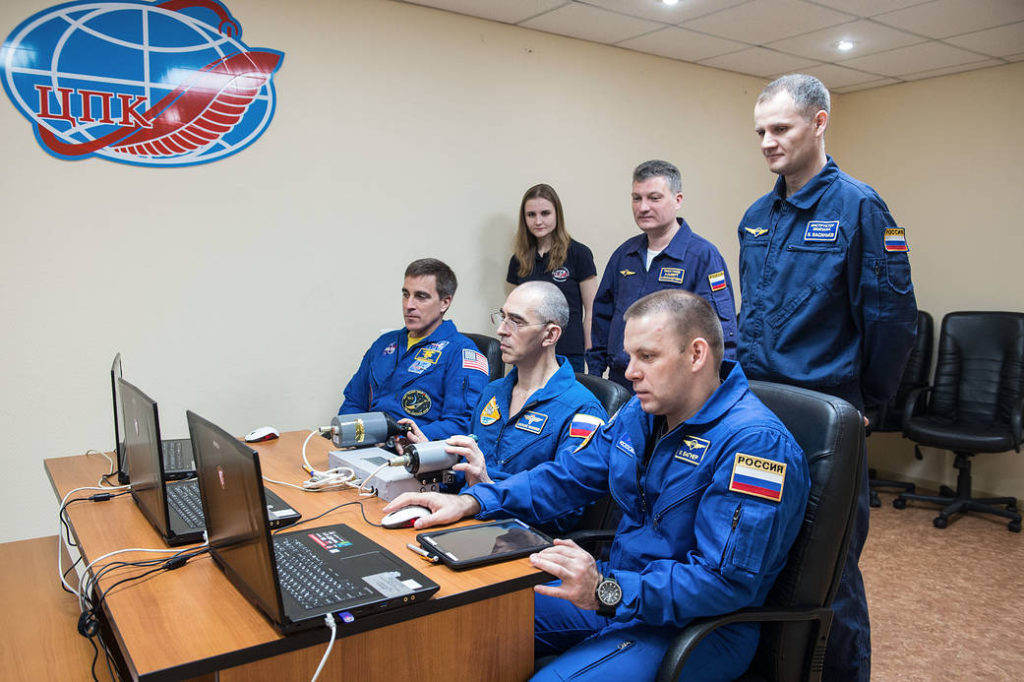
The three astronauts are scheduled to be in space until October 2020 by which time a SpaceX Crew Dragon should be able to rotate a new crew onto the ISS.
During expedition 63, NASA and SpaceX hope to accomplish the first humans launched to the ISS from American soil since the retirement of the space shuttle in 2011. SpaceX’s Crew Dragon Demo-2 mission is a flight test with crew. NASA astronauts Bob Behnken and Doug Hurley will take the Crew Dragon for a “Test drive” on the Demo-2 mission. NASA hopes to certify all of the systems operational for future crewed missions to the International Space Station.
In addition, there is a possibility that the Boeing CST-100 will also launch to the ISS with a crew prior to the return of Cassidy, Ivanishin and Vagner.
If Boeing and SpaceX do not successfully qualify either the CST-100 or Crew Dragon, then the staff on the space station could be reduced to the point where almost no science could be conducted on the USOS portion of the ISS.
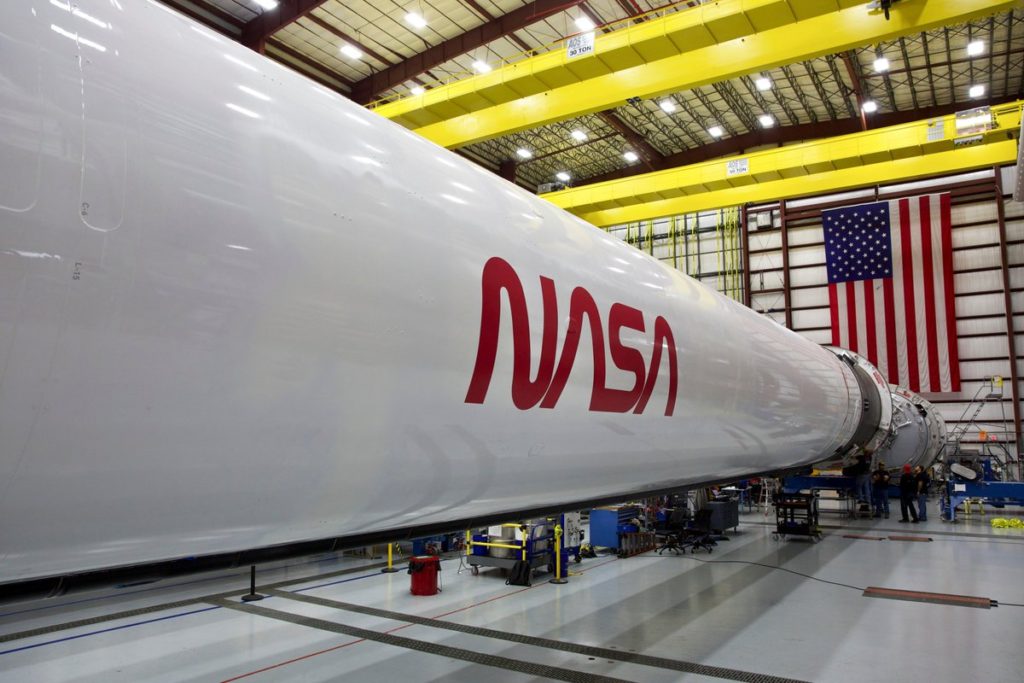
According to the November 2019 Office of Inspector General report on NASA’S MANAGEMENT OF CREW TRANSPORTATION TO THE INTERNATIONAL SPACE STATION, NASA will likely experience a reduction in the number of USOS crew aboard the ISS from three to one beginning in spring 2020. This reduction in crew is caused by the schedule delays in the development of Boeing CST-100 and SpaceX Crew Dragon spacecraft. Coupled with with a reduction in the frequency of Soyuz flights there is less crew that can fly to the International Space Station. NASA has successfully ensured access to the ISS by purchasing unused Soyuz seats when four Soyuz vehicles flew per year. Only two Soyuz vehicles are planned for 2020. Astronauts extending their on-Station assignments longer than the standard 6 months will expose astronauts to more significant space-flight-related health concerns.
Crew Dragon Demo-2 a really long test drive.
The SpaceX Crew Dragon Demo-2 flight is still technically considered a test flight and it will be the first time SpaceX flies astronauts to space. To help reduce the risk of crew staffing on the ISS, the duration length of Demo-2 will be long. NASA is looking at extending Demo-2 beyond the original plan of just a few days to the space station and back.
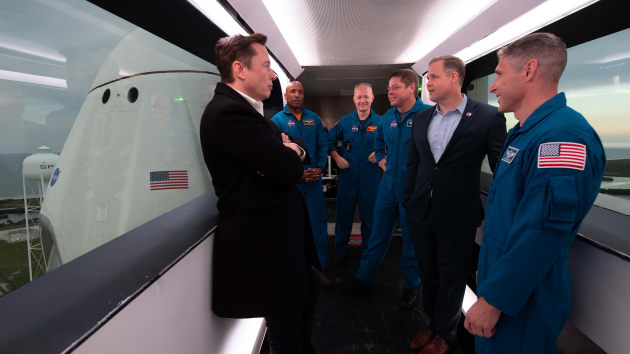
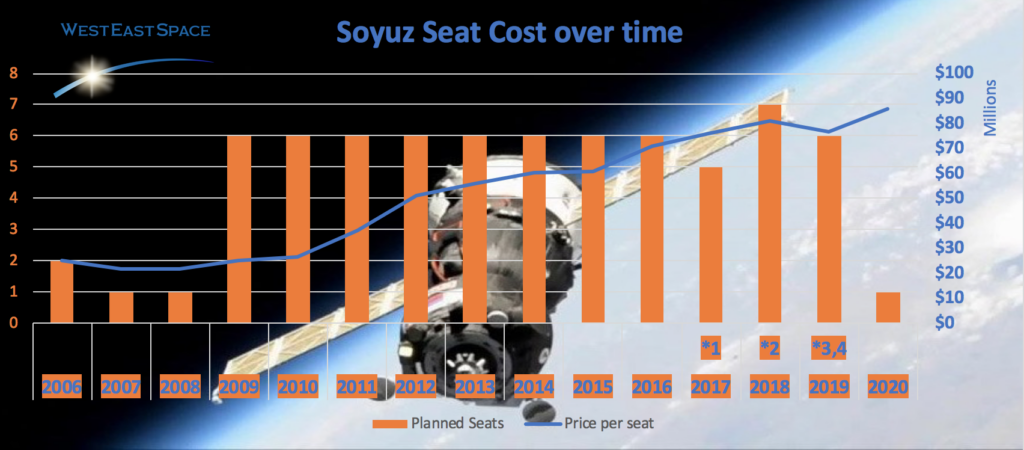

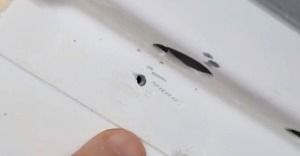 But the story does not end with a piece of duct tape. In fact, it just got much more interesting…
But the story does not end with a piece of duct tape. In fact, it just got much more interesting…